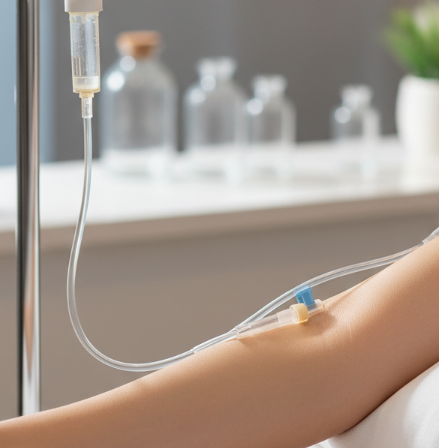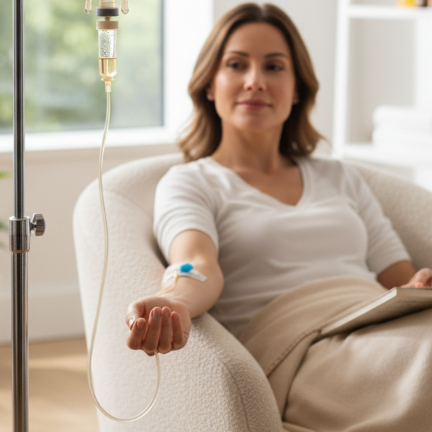When it comes to Testosterone Replacement Therapy (TRT), one of the most important decisions is choosing the delivery method. Two of the most popular options are testosterone pellets and testosterone injections. Both methods effectively raise testosterone levels but differ in administration, frequency, convenience, and side effects.
In this article, we’ll compare pellets vs. injections in detail, helping you decide which TRT method fits your lifestyle, medical needs, and preferences best.
⚙️ What Are Testosterone Pellets and Injections?
Testosterone Pellets
- Small, rice-sized pellets containing testosterone
- Implanted just under the skin (usually in the fatty tissue of the buttocks or hip area)
- Slowly release testosterone over 3 to 6 months
- Require a minor in-office procedure for insertion
Testosterone Injections
- Testosterone suspended in oil or water-based solution
- Administered via intramuscular (IM) or subcutaneous (under the skin) injection
- Typical dosing schedule ranges from weekly to biweekly (or sometimes more frequent)
- Can be self-administered at home or given by a healthcare provider
🔍 Comparing Pellets and Injections: Pros and Cons
| Feature | Testosterone Pellets | Testosterone Injections |
|---|---|---|
| Administration | Minor surgical procedure every 3–6 months | Injection every 1–2 weeks (sometimes weekly) |
| Convenience | Low-maintenance, fewer dosing days | More frequent dosing, but flexible scheduling |
| Steady Hormone Levels | Provides slow, consistent hormone release | Peaks and troughs can cause fluctuating levels |
| Pain & Discomfort | Minor discomfort at implantation site | Injection site soreness or bruising possible |
| Risk of Complications | Slight risk of infection or pellet extrusion | Risks of injection site pain, bleeding, or infection |
| Cost | Usually higher upfront cost, fewer visits | Generally lower per dose but more frequent |
| Control Over Dose | Dose fixed per pellet batch, less flexible | Easier to adjust dose and frequency |
| Patient Preference | Ideal for those wanting minimal interference | Preferred by those who want dose control and involvement |
🔄 Hormone Level Stability: Why It Matters
Pellets provide a steady and continuous release of testosterone, mimicking the body’s natural hormone pattern. This can help avoid the “rollercoaster effect” seen with some injection schedules, where testosterone spikes after injection and then dips before the next dose.
Injections, depending on the frequency and dose, may cause peaks and troughs in testosterone levels. Some men experience mood swings, energy fluctuations, or libido changes corresponding to these highs and lows.
🕒 Frequency and Scheduling
- Pellets: Last 3 to 6 months, meaning fewer doctor visits and less frequent dosing.
- Injections: Require more frequent administration—usually every 1 to 2 weeks, which some find inconvenient but others appreciate for more control.
💰 Cost Considerations
Pellet implantation may cost more initially due to the procedure and pellets, but fewer visits can balance expenses over time.
Injections typically cost less per dose, but the frequent administration may mean more overall visits or supplies.
👨⚕️ Which Method is Right for You?
Choose Pellets If You:
- Prefer low-maintenance TRT with minimal dosing days
- Dislike or fear self-injections
- Want stable hormone levels without frequent fluctuations
- Have a schedule that makes regular clinic visits difficult
Choose Injections If You:
- Want more precise dose control and flexibility
- Are comfortable with self-injecting or visiting a clinic regularly
- Prefer potentially lower upfront costs
- Need adjustments in dosing or frequency over time
⚠️ Potential Side Effects & Risks
Both methods share common TRT side effects, such as acne, fluid retention, mood changes, or polycythemia (increased red blood cells). However, method-specific risks include:
- Pellets: Possible pellet extrusion, localized infection, or minor scarring at implantation site
- Injections: Injection site pain, bruising, or rare nerve injury
✅ Final Thoughts
Both testosterone pellets and injections are effective TRT delivery methods with distinct advantages and disadvantages. The best choice depends on your lifestyle preferences, tolerance for procedures or injections, cost considerations, and how closely you want to manage your hormone levels.
Discuss your goals and concerns with your healthcare provider to decide which TRT method will give you the best combination of convenience, effectiveness, and quality of life.




